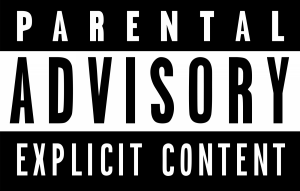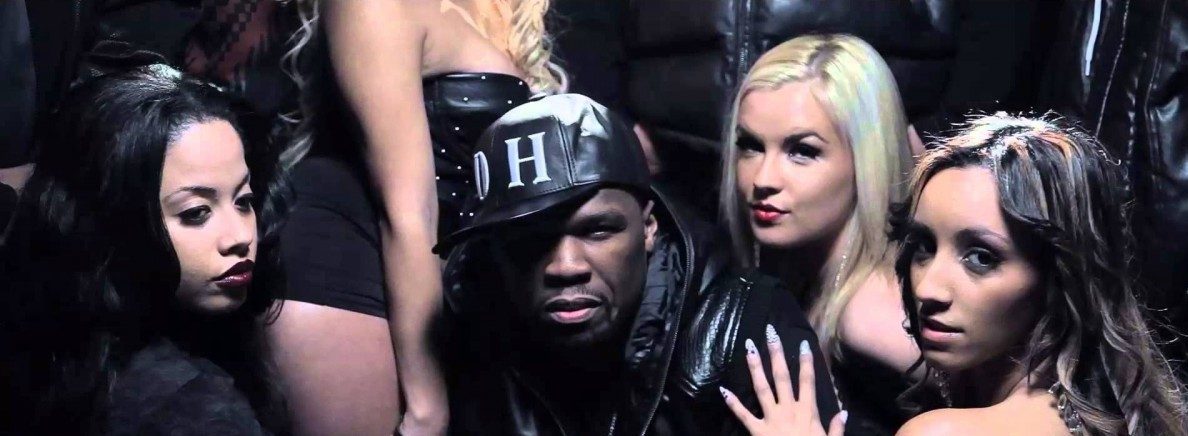
**WARNING: The following website contains graphic images and depictions of both men and women.**
Gender Politics in Rap Music examines four different rappers and their portrayals of gender norms, sexual objectification, and in Nicki Minaj’s case portrayal of hip-hop feminism to society.
Lil Wayne represents himself as a dominant male, while he represents women as merely objects in an obscene manner. His lyrics and music videos regularly objectify women and depict women as things to be used and as objects that are wanted for sexual pleasure and for the gratification of men. From discussing his sexual fantasies to his sex game, Lil Wayne is a highly explicit rapper, who regularly objectifies women in his lyrics and in his music videos.
Tyga promotes a false sense of masculinity through his spending of money, disregard for women, and promotion of violence, all of which play underneath his overt disrespect of women’s role within society as anything more than sexual objects for merely his own augmentation of his masculine or “gangsta” persona.
Drake is known as the “nice guy” of the rap/hip-hop industry. His lyrics are often about women, in the past or present, in which he presents them in a humanizing manner. Contrasted with the objectification we see in most other areas of hip-hop, he is a relative bright spot in an industry where we often see a central theme of dehumanizing and commoditizing women in both lyrics and especially music videos. Though he can be seen as the “least of all evils”, Drake often preaches one path and practices another, reinforcing a traditionalist, toxic notion of the ideal female that can have a far-reaching impact on our perception of gender roles.
Nicki Minaj subverts common rap gender norms by embracing her sexual agency and flipping gender roles. Furthermore, specifically in Anaconda, she is challenging common American beauty standards of thin women by emphasizing curvy body images. Cumulatively their music provides a useful lens to analyze hip-hop culture’s portrayal of gender norms and some of the controversial issues they create.
